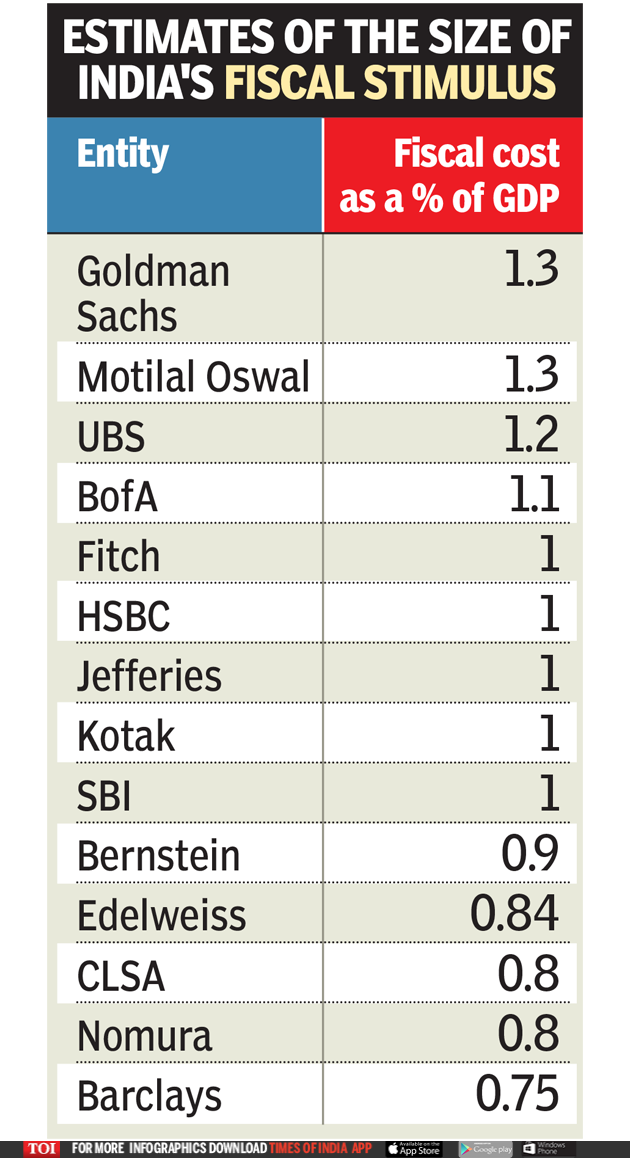National Planning Commission recently published the 15th five-year plan (FY2020-FY2024) taking also into account the effect of COVID-19 pandemic on the government’s priorities and the economy. This plan is considered as a first phase of a 25-year long-term economic vision that aims to position Nepal as a high-income country with per capita income of USD 12,100 by FY2044. Its theme is 'generating prosperity and happiness' and aims to create the foundation of prosperity and happiness through economic, social and physical infrastructures to accelerate economic growth.
The government is expecting Nepal to graduate from LDC category to a developing country status within this plan (by 2022 with per capita income of USD 1,400). This plan is expected to contribute to efforts to ensure that Nepal reaches a middle-income country status by FY2030 (with per capita income of USD 2,900) and achieve the SDGs as well. By the end of FY2024, per capita income is estimated to reach USD 1,595.
The plan emphasizes boosting investment in the sectors or thematic issues that are considered as drivers of economic transformation. These include transport, ICT, energy, education and healthcare, tourism, commercialization of agriculture and forest products, urbanization, social protection, subnational economy, and good governance, among others.
By FY2024, the government wants to achieve a double-digit growth rate, increase per capita income of USD 1,595, reduce population under absolute poverty line to 9.5%, and increase share of formal sector employment to 50%.
Some of the major national targets for 15th five-year plan (FY2020-FY2024) are as follows:
- Average GDP growth (at basic prices): 9.6%
- Average GDP growth (at producers' prices): 10.1%
- Per capita income: USD 1,595
- Export of goods and services: 15.7%
- Share of essential goods (agri, livestock, food items) in total imports: 5%
- Population under the absolute poverty line: 9.5%
- Population with multidimensional poverty: 11.5%
- Share of formal sector employment: 50%
- Unregistered (formal) establishment: 10% of total establishment
- Literacy rate (15+ years): 95%
- Road density: 0.74 km of road per sq km of land
- Households with access to electricity: 95%
- Population with access to internet: 80%
- Electricity generation (installed capacity): 5,820 MW
- Renewable energy: 12% of total energy consumption
- Per capita electricity consumption: 700 kwh
- Agricultural productivity (major crops): 4 MT per hectare
- Irrigable land with year-round access to irrigation: 50%
- Per capita tourist spending: USD 100 per day
- Human development index: 0.624
- Gender development index: 0.963
- Population covered by basic social security: 60%
- Social security expenditure: 13.7% of budget
- Global competitiveness index: 60
- Ease of doing business index: 68
- Travel and tourism competitiveness index: 3.8
- Corruption perception index: 98
- Nepali citizens with national ID card: 100%
- Population affected by disaster incidents: 9.8%
- Average GDP growth (at producers' prices): 10.1%
- Per capita income: USD 1,595
- Export of goods and services: 15%
- Gross domestic savings: 22%
- Gross national savings: 47.5%
- Gross fixed capital formation: 41.6%
- Total budget: 43.3%
- Recurrent expenditure: 17.9%
- Capital expenditure: 18.6%
- Financial management: 6.8%
- Revenue: 30%
- Income tax: 10%
- Foreign debt: 5.7%
- Domestic borrowing: 4.3%
- Average annual Inflation: 6%
- Export of goods and services: 15%
- Import of goods and services: 49%
- Remittances: 22.1%
- Foreign investment: 3%

